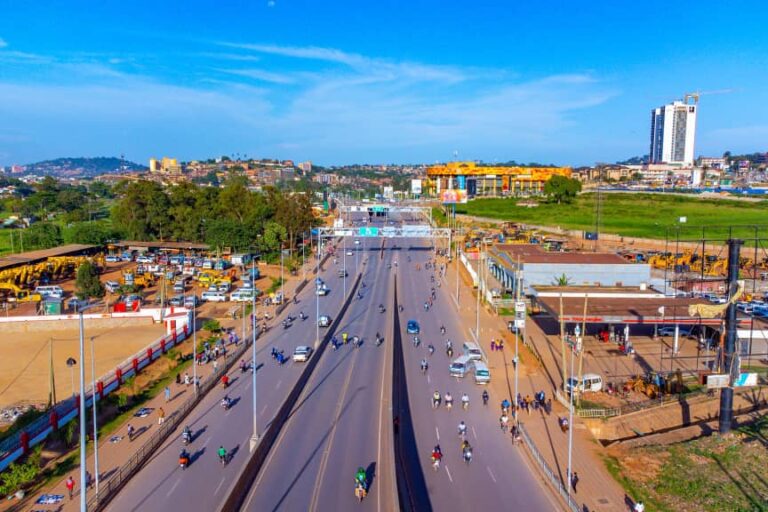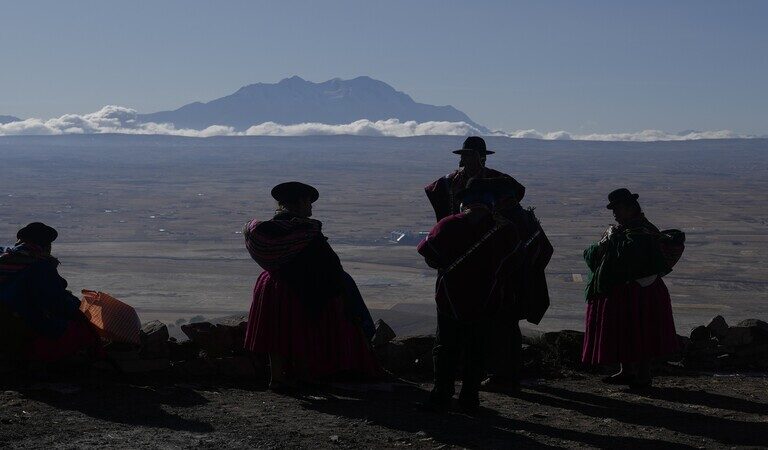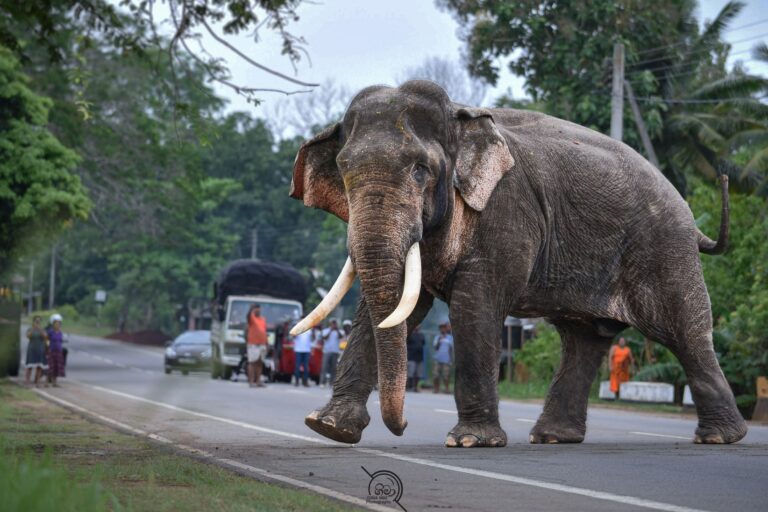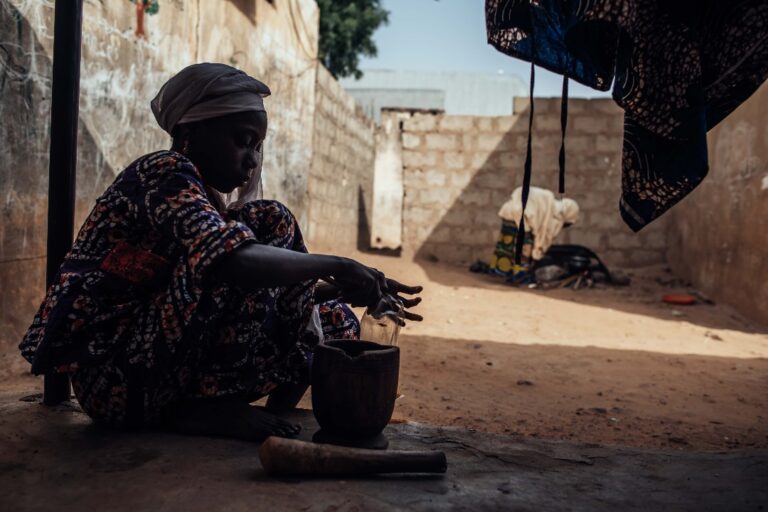Global mining activity is increasingly destroying forests, including protected areas, according to a recent analysis.
Between 2001 and 2020, nearly 1.4 million hectares (3.5 million acres) of tree cover, an area a third the size of Denmark, was lost from mining-related activity, the analysis from the World Resources Institute (WRI) found. The associated greenhouse gas emissions amounted to about 36 million metric tons annually, the authors write, similar to Finland’s fossil fuel emissions in 2022.
Of the total tree cover loss, some 450,000 hectares (1.1 million acres) were in tropical primary rainforests, 260,000 hectares (643,000 acres) were in lands governed by Indigenous peoples and local communities, and 150,000 hectares (371,000 acres) were in protected areas. Nearly 90% of the mining-related tree cover loss was concentrated in just 11 countries: Indonesia, Brazil, Russia, the U.S., Canada, Peru, Ghana, Suriname, Myanmar, Australia and Guyana.
“Cutting down trees not only destroys habitats and pushes species toward extinction but also worsens climate change by releasing more carbon dioxide into the atmosphere,” Radost Stanimirova, the report’s co-author and research associate at WRI, told Mongabay in an email. “Additionally, many Indigenous communities rely on these forests for food, medicine, and their cultural practices.”
The report notes that mining’s contribution to the overall global tree cover loss is smaller than other drivers of deforestation, such as forestry, which caused 130 million hectares (321 million acres) of tree cover loss, or wildfires (90 million hectares, or 222 million acres) in the same period. However, Stanimirova said the regional impacts of mining can be severe.
“In Indonesia, large-scale coal mining frequently involves mountaintop removal, leaving landscapes stripped of topsoil,” she said. “When heavy rains hit, rapid runoff leads to flooding and landslides, which compound habitat loss and forest degradation.”
WRI’s analysis also found that the demand for coal, iron and other metals has increased by 52% since the start of the 21st century.
Coal and gold alone caused 71% of mining-related deforestation from 2001 to 2019.
“As demand for minerals critical to sectors like energy, defense, and construction grows, there’s both a challenge and an opportunity, adopting more responsible mining practices and better demand management could help protect these vital ecosystems,” Stanimirova said.
She added that “circularity is a genuine option for energy minerals which can be reused and recycled” as the world shifts from mining coal to energy transition minerals.
WRI’s analysis recommends building on the World Bank’s forest-smart mining framework by reducing the negative impacts of mining through social and environmental assessments in consultation with local communities, and by reducing demand for minerals through more efficient extraction and processing.
“New technologies and stronger regulations are helping reduce the environmental impact of mining,” Stanimirova said. “With collaboration among governments, businesses, and communities, we can find a balance that allows for responsible mining while safeguarding our forests for future generations.”
Banner image of Indonesian rainforest by Rhett A. Butler/Mongabay.














